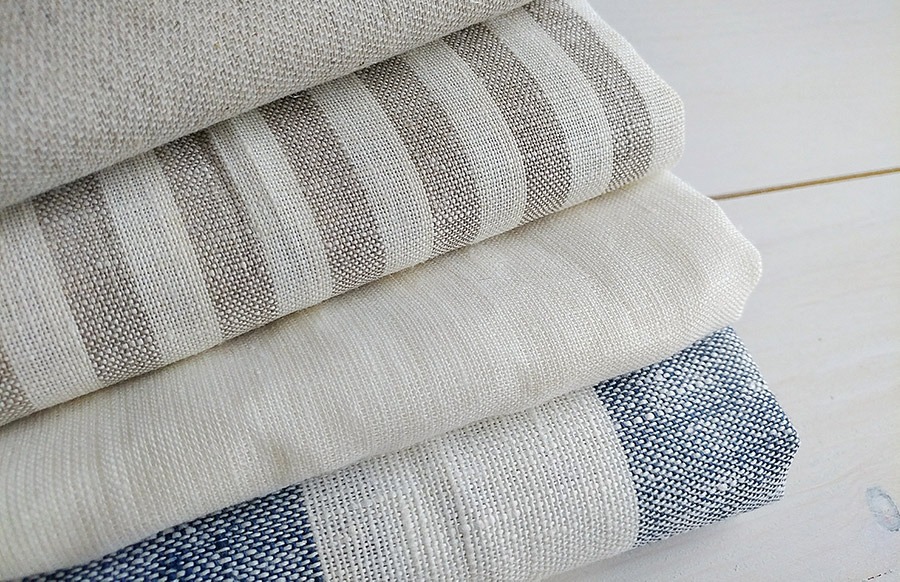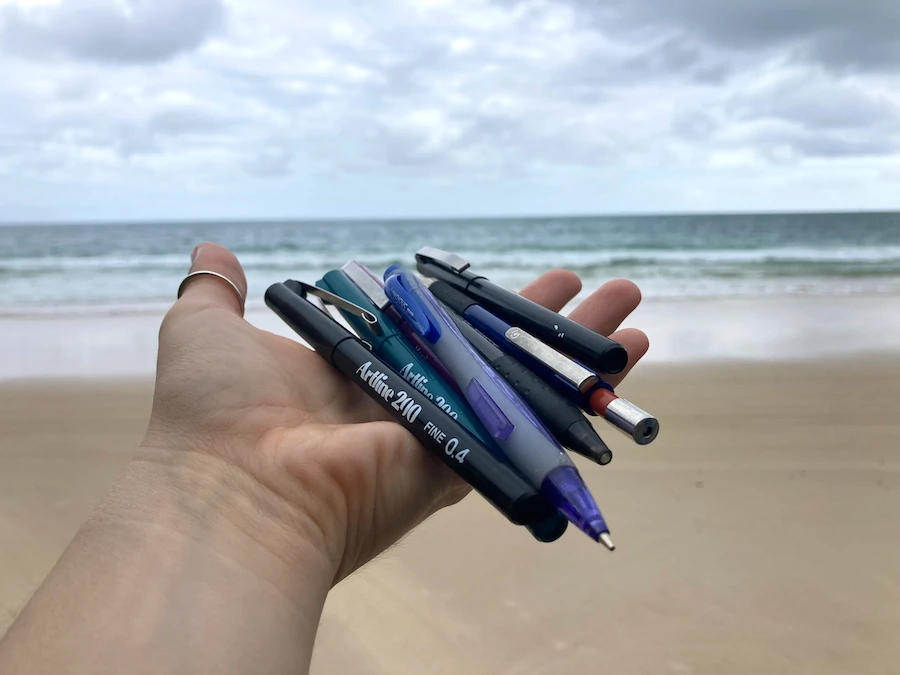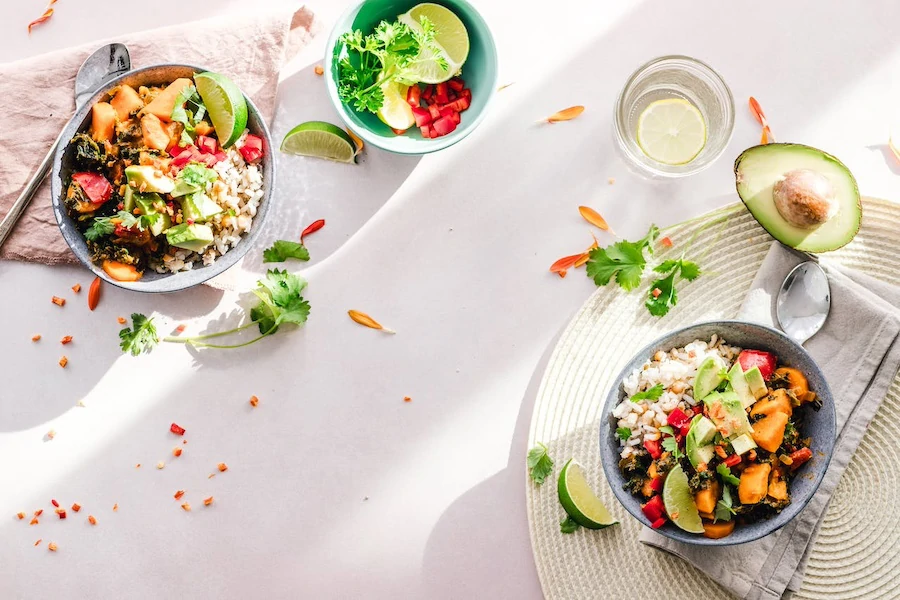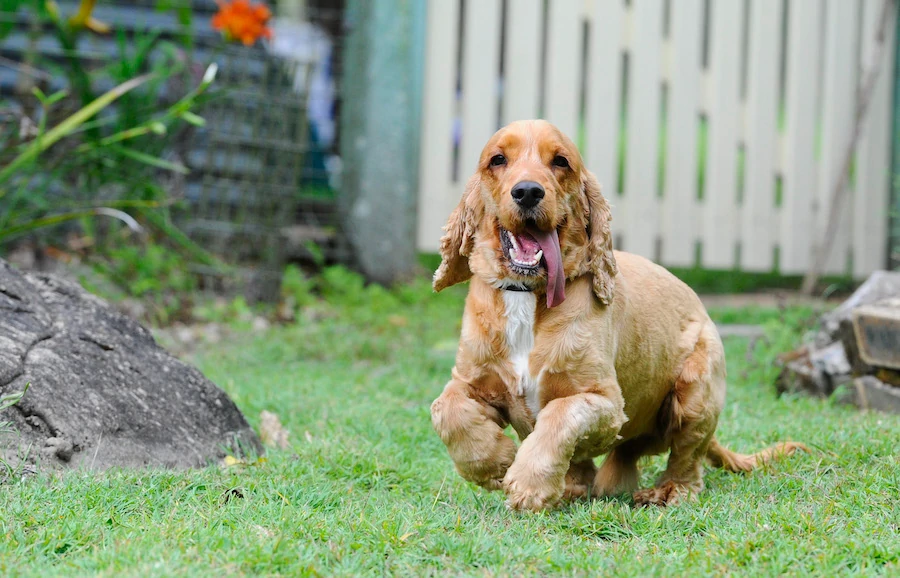
Bamboo has quickly become the go-to material for “green” companies and those looking to be more eco-friendly. From bedsheets to curtains to toothbrushes to straws and reusable cups. Bamboo is now the choice for many eco-consumers.
But, is bamboo fabric really eco-friendly? Bamboo products are an eco-friendly alternative, but only if they haven’t been chemically processed. Most popular bamboo clothing has been. Bamboo itself is a quick-growing, naturally pest-resistant, 100% biodegradable, antimicrobial, hypoallergenic plant that regrows fully in just 3 to 5 years.
The use of bamboo as an eco-friendly material is not as straight forward as one might think. We hope this article serves a useful guide to those thinking of purchasing bamboo products.
Why Is Bamboo Considered an Eco-Friendly Material?
Bamboo is a remarkable plant. It holds incredible natural properties and has become extremely useful for many everyday products, building materials, and more.
1. It Grows Very Quickly
There is a familiar problem with most materials that are sourced from plants or trees. Those plants and trees require a lot of time to grow. Bamboo is superior in this way as it can grow extremely quickly.
Some species of bamboo can grow up to a whopping 36 inches every 24 hours! A bamboo plant can become fully grown within just 3-4 months. Your average tree can take anywhere from 20-40+ years.
This fast speed of growth makes bamboo a super sustainable alternative material due to it’s naturally renewing properties.
As a bonus, bamboo requires no nasty pesticides or other harsh chemicals to help it grow. This makes the cultivation of bamboo natural with very little harm to the surrounding environment.
2. Bamboo Is Incredibly Strong and Durable
It’s not nicknamed “green steel” for no reason! Bamboo is naturally very strong. So much so, that in parts of Asia they still use bamboo for scaffolding when constructing new buildings. It’s also versatile and much easier to move around than steel.
Bamboo also comes with a long lifespan. Bamboo products, when cared for properly, can last for years. And when it’s finally time to replace your bamboo, it can be 100% recycled or left to decompose back into the earth as it’s 100% natural.
3. Bamboo Is Safe and Naturally Hypoallergenic
Many of the materials we use in our everyday lives are treated with harsh and toxic chemicals. These chemicals are also harsh to our environment, poisoning our lands, water, air, and wildlife.
Bamboo requires no harsh or toxic chemicals to be grown or processed. The reason for this is because bamboo contains “Bamboo Kun”. This is a bamboo fiber and natural antimicrobial bio-agent. This gives bamboo it’s natural antimicrobial properties.
This helps prevent bacteria and microbes from growing on the bamboo. This means we can use bamboo for hygienic products like plates, bowls, cutlery, and straws.
4. Bamboo Cultivation Actually Improves the Local Environment
When bamboo is cultivated, it actually improves the fertility of the soil it grows in. The strong and deep roots help to stabilize and restore land, even preventing landslides.
Bamboo forests are also an incredible way to store more carbon from the atmosphere. The bamboo plant stores 2x more carbon dioxide than trees, which is why they can act as efficient carbon sinks.
Bamboo plants also generate a tremendous amount of oxygen, almost 30% more than most other plants and trees. Bamboo is instrumental in the protection and support of biodiversity. Giving a home to many wild animals and insects.
5. Bamboo Is More Efficient to Clean and Care For
Popular products made from bamboo include bed sheets, curtains, towels, clothes, and underwear. Due to bamboo’s natural and delicate ultra-soft fibers, they only require a slow and cold cycle to be washed. Bamboo fabrics only need sunlight and fresh air to dry.
Washing, drying, and maintaining your bamboo fabrics help save water, heat, and tons of energy. Due to the exceptional durability of bamboo fabrics, over time, this leads to considerable savings in time, energy, and, most importantly, carbon emissions.
Are All Bamboo Products Eco-Friendly?
Unfortunately, not all bamboo is created equal. Some production methods can make bamboo less eco-friendly than we’re made to believe. Whenever deciding to purchase a bamboo product, always make sure you do your research first.
Some Bamboo Fabrics Are Not As “Eco-Friendly” As We Think
When buying any bamboo fabric product, you should look up how it was produced. The best and most sustainable bamboo fabric is when a company combs out the fibers and spins them into a wearable and malleable material. This is not always very soft and can be very expensive.
You may notice that many companies claim their bamboo fabrics are “ultra-soft.” Usually, this is the result of an extensive production method. The bamboo stalk is typically dissolved by a toxic liquid containing sodium hydroxide and carbon disulfide. This helps to create long cellulose strands, which can then be turned into bamboo textiles.
These strands are then turned into what we know as bamboo rayon and bamboo viscose materials. These are the most popular forms of bamboo materials bought by consumers and advertised as being “eco-friendly.”
Unfortunately, due to the use of toxic chemicals, this process is far from “green.” Carbon disulfide is extremely toxic and can have detrimental effects on one’s health. It also evaporates into the air and contributes to air pollution.
Bamboo Forests and Transportation
The vast majority of bamboo sold within the western marketplace is sourced from China. A country which is also notorious for its lack of agricultural regulations and standards. This can complicate things when purchasing bamboo, you may not fully know the production method behind your bamboo.
Therefore, some Chinese farmers could be using chemical fertilizers to increase their yields, but we wouldn’t know. Despite this fact, bamboo does not require any chemical assistance to grow.
High demand is also an issue. This demand may encourage farmers to cut down natural forests to make way for bamboo plantations, which can have adverse effects on ecosystems. This can destroy local wildlife habitats.
Bamboo from China also has to travel a very long way before it ends up in your hands in the west.
So, When Is Bamboo Actually Eco-Friendly?
As a textile in the building industry within Asia, bamboo is considered a much “greener” alternative to steel and most hardwoods. The implication comes when bamboo is flown from China to parts outside of the Asian continent. All that weight over a long distance comes with a hefty carbon footprint.
In regards to clothing and everyday products, bamboo in its raw form is much more eco-friendly than plastics and woods. However, a wooden bowl produced with wood in your own country is likely to be more sustainable than a bowl made from bamboo imported via China.
It’s fair to say any item made from bamboo, rather than plastic or steel, shipped from China is going to be more eco-friendly. But it’s not that straightforward.
Bamboo fabrics created with harsh chemicals are less eco-friendly than FairTrade organic cotton. To get the most eco-friendly bamboo fabric, it must be in its raw form, but this may not be as soft or as comfortable as processed bamboo.
It’s All So Confusing! So, What Bamboo is Safe to Buy for Eco-Consumers?
Always try to buy organic bamboo that has been sourced responsibly. One brand, Bambu (link to Amazon storefront), sources all its organic bamboo from a sustainable source in Shanghai, China. This way, you can be sure that the bamboo has not harmed the environment.
Yes, it is still flown halfway across the world, but so is the plastic, steel, and would you usually buy. If you can find locally sourced bamboo, woods, or recycled steel products, these may be much more eco-friendly than bamboo shipped from China.
Some farmers in the USA are now looking to grow bamboo on their farmland. This will be sure to make bamboo more eco-friendly for American eco-consumers in the near future.
Final Thoughts
The sustainability of bamboo products is complicated. Items such as kitchenware, cutlery, and furniture are great eco-friendly alternatives. However, bamboo fabrics that are treated with harsh chemicals make any of the eco-friendly production advantages void.
Always do your research. Always buy organic bamboo from sustainable sources. Always ask the manufacturer questions before purchasing and make your own decision based on that information.



